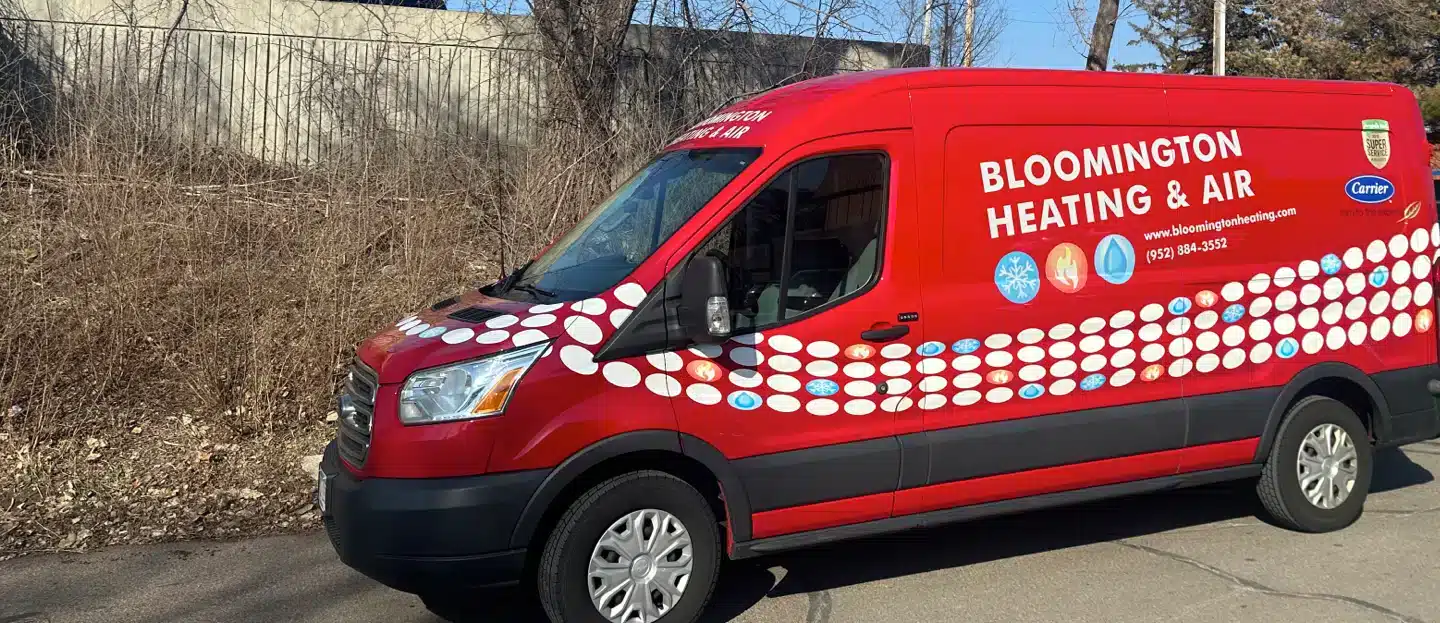
24/7 Emergency Phone Line
Family Owned & Operated
Licensed, Bonded & Insured
Most Minnesota homeowners are rightfully concerned about indoor temperatures during the wintertime — a lack of heat can be uncomfortable and even deadly once the snow begins to fall. You want your heating system to operate reliably all winter, but a functional furnace or heater is only a part of the equation when it comes to home comfort. During wintertime, humidity levels drop and most heaters are not equipped to remediate the effects of dry indoor air, which can significantly reduce indoor air quality and act as a catalyst for dry, chapped, and cracked skin. Our HVAC company offers the following tips to help you and your family replenish and maintain healthy, moisturized skin throughout the cold season. Contact Bloomington Heating & Air today to schedule residential HVAC services.

Install A Humidifier
Humans are most comfortable with relative indoor humidity levels of 30-50 percent — adequate humidity levels are essential to both indoor comfort and overall health, including skin health. The best way to replace the loss of moisture in the air during the winter is with a humidifier, which increases the level of moisture in your indoor air. Home humidifiers are available in different sizes and configurations — standalone systems are ideal for single rooms that require increased humidity levels, while whole-house humidifiers are optimal for maintaining ideal humidity levels throughout every room in a home. Our technicians can tell you everything you need to know about humidifiers and help you select the model that best meets your needs.
Insulate Your Home
A well-insulated home is a key to keeping healthy skin moisture levels when outdoor air runs frigid. Not only does sealing cracks, holes, and spaces around doors and windows keep out the cold, dry air, it also means you won’t have to crank up the heat as high, either. Adding seals and weatherstripping will help you maintain an appropriate indoor temperature and a comfortable level of humidity, which is essential to skin health. Start by searching for drafts around each door frame, window sill, and electrical outlet — be sure to likewise inspect openings where cables and utility lines enter your home. Once you’ve identified drafty areas, seal them with weatherstripping or caulk to keep indoor humidity from escaping outdoors.
Check Your Shower Habits
When temperatures drop, there’s nothing better than stepping into a hot shower — hot showers and baths offer instant warmth and comfort, but they tend to result in dry, uncomfortable skin after the fact. This rings especially true for those with sensitive skin types prone to dryness and dehydration. Harsh cleansers with moisture-stripping ingredients can likewise remove surface-level moisture from the skin and prevent the skin from retaining moisture over time. We recommend opting for lukewarm showers over hot ones, reducing your shower time to under 15 minutes, and sticking to moisturizing skin care products designed to reinforce your skin’s moisture barrier, such as those with coconut oil, jojoba oil, shea butter, and vitamin E.
Arrange More Houseplants
As natural sources of moisture, houseplants excel at regulating indoor humidity levels — plants move moisture from the soil into the air while also purifying the air. Transform your indoor spaces into a tropical oasis by arranging potted plants throughout each room of your home. Areas such as kitchens and bathrooms both tend to have higher humidity levels than other rooms — arranging several plants in these areas creates a pocket of humidity. We recommend placing a dish of water at the center of your plant circle to intensify the effect. Be sure to choose plants that are safe for both children and pets, such as ferns and spider plants and water or mist them regularly in order to maintain the humidification cycle and keep plants healthy.
Schedule HVAC Maintenance
The best way to ensure success during your quest for indoor air humidification and skin health is to ensure your home’s heating and cooling system operates both effectively and efficiently. Even if your system seems to be working as normal, scheduling planned HVAC maintenance now can help you avoid freezing nights later and allow us to promptly identify any requirements for furnace repair. What’s more, scheduling regular tune-ups can help prolong the overall functional lifespan of your residential system and ensure your heating and AC function at peak efficiency. Contact us today to find out how our HVAC services can benefit your home!
